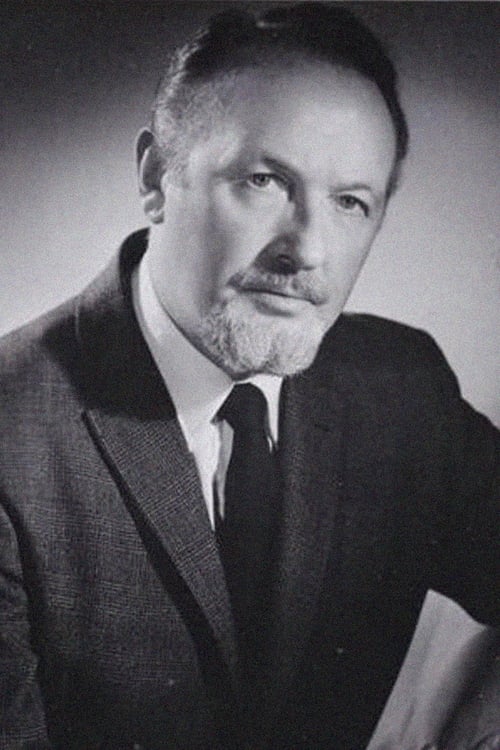
Cast & Crew
5 members
Acting
William Needles
General Wolfe
No Image
Acting
Basil Fitzgibbon
Brigadier Moncton
No Image
Acting
Norman Ettlinger
Brigadier Townsend
No Image
Acting
Ivor Barry
Brigadier Murray

Acting
Alan Mills
General Montcalm
No Image

General Wolfe
Brigadier Moncton
Brigadier Townsend
Brigadier Murray

General Montcalm